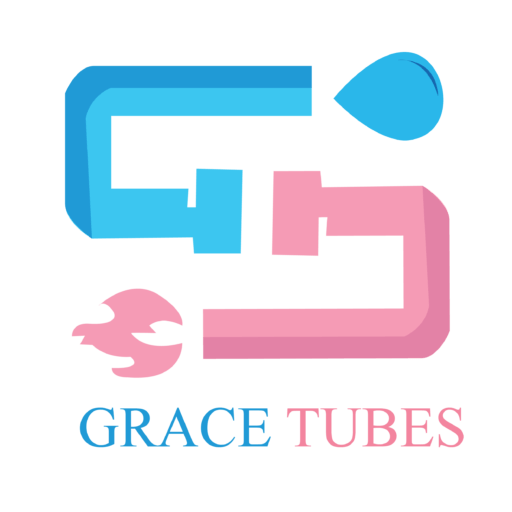DOM tubing is not a cylinder by any stretch of the imagination. In reality, it is the cycle from which the DOM tube is framed. Dom Tubes is a metal shaping process. It begins with an electrically welded-shaped tube (ERW). The ERW is cold, drawn through a bite of dust and over the sides of a mandrel. Accordingly, the bite dust size and point decide the Outside Diameter (ID), and Mandrel (Plug) decides the Inside Diameter (ID). A while later, different applications (pass) other structures and refines the completion and mechanical properties necessary for their last application.
Drawn Over Mandrel
Drawn Over Mandrel is one of many cylinder processing procedures. Other comparable Cold Tube Drawing techniques measure and complete cylinder-to-wanted aspects. DOM Tubing begins as a Hollow or CREW (Cold-Rolled ERW tube).
Right off the bat, the more extensive ERW tube is “pointed” to be snatched by a streetcar jaw. The streetcar is a transport-like stage that gets the cylinder through the pass-on. After the “Pointing” of the crude cylinder, a carbide mandrel is embedded inside the cylinder’s drag. Then, the cylinder is set inside a carbide to bite the dust, after which dissolvable grease up the cylinder’s surface. Then, the streetcar jaws hold the cylinder at the pointing end, pulling using the streetcar snare drawing the line through the kick of the bucket.
As recently resized DOM tubes, the pass-on and Mandrel decide the last cylinder’s OD (Outside Diameter) and ID (Inside Diameter). As such, a high-point pass-on will thin a big wall tube, while a low-point kick the bucket will thicken a little wall tube. The perfect pass on situating and its point decides the correct width to-thickness (D/t) proportion.
Numerous Passes
Various passes (Iterations) might be necessary, relying upon DOM technique, tube size, finish, and metallurgical and mechanical prerequisites. For instance, assuming how much decrease essential for the completed cylinder is to such an extent that it requires a few gradual decreases. After which, extra surface medicines might be considered significant also.
The Mandrel and Rod Removal
Since the cylinder has finished it’s previously drawn, the Mandrel should be taken out. Be that as it may, how would you get the Mandrel and bar out from inside the cylinder? Indeed, there is another step that extends the cylinder. One technique is to apply strain to the alternating cylinder over a progression of rollers. This activity focuses on the cylinder and grows enough to remove the Mandrel. An extra drawing cycle might follow until the proper completion is fruitful.
PC Aided Design (CAD)
Unlike before, experimentation has been supplanted with Computer Aided Design (CAD). With the help of CAD, the pass-on plan has tremendously gotten to the next level. This way, drawing processes have encountered numerous enhancements. Subsequently, efficiency has expanded, lead times abbreviated, and costs have diminished. For instance, deciding on the same bite of the dust point, both thick-wall and thin-wall tubes, is attainable without sitting around idly and costs.
Limited Element Method (FEM)
Limited Element Method (FEM) is one of the main techniques to reenact metal shaping. FEM is used to process the next item founded on temperature, strain, material, and other creation factors. Demonstrating and reproducing innovation has supplanted experimentation.
One such programming that utilizes FEM is MSC SuperForm. Utilized by architects and planners the same, this product can reproduce material stream, stresses, shaping tensions, and managing. With that data, specialists and apparatus planners can decide the exact kick the bucket, mandrel point, shape, grease, and other expense-saving variables.

